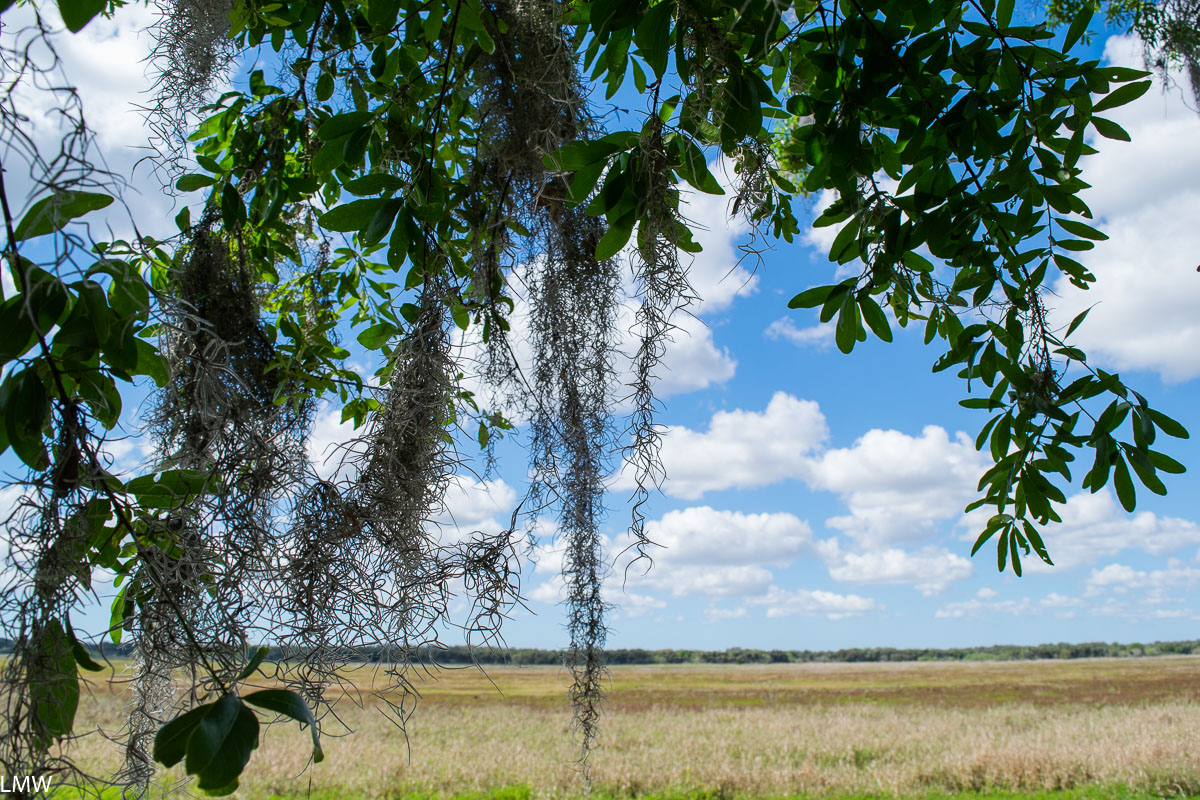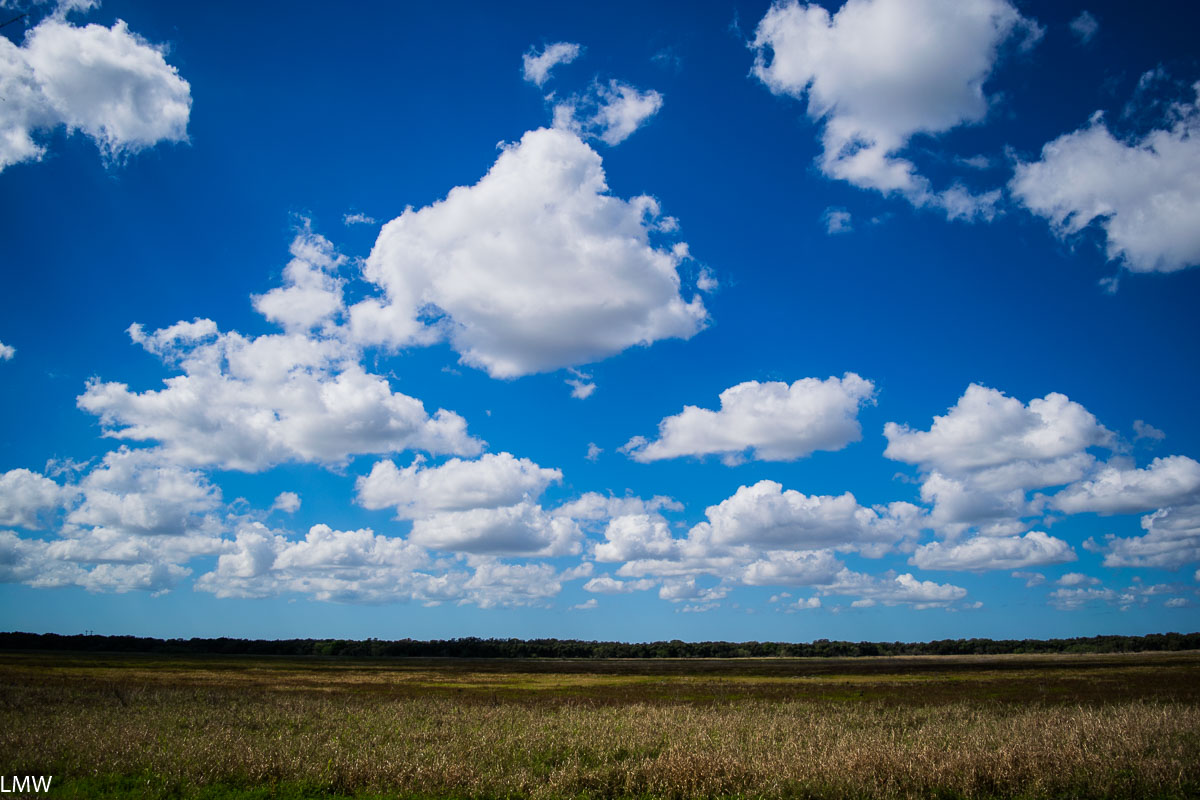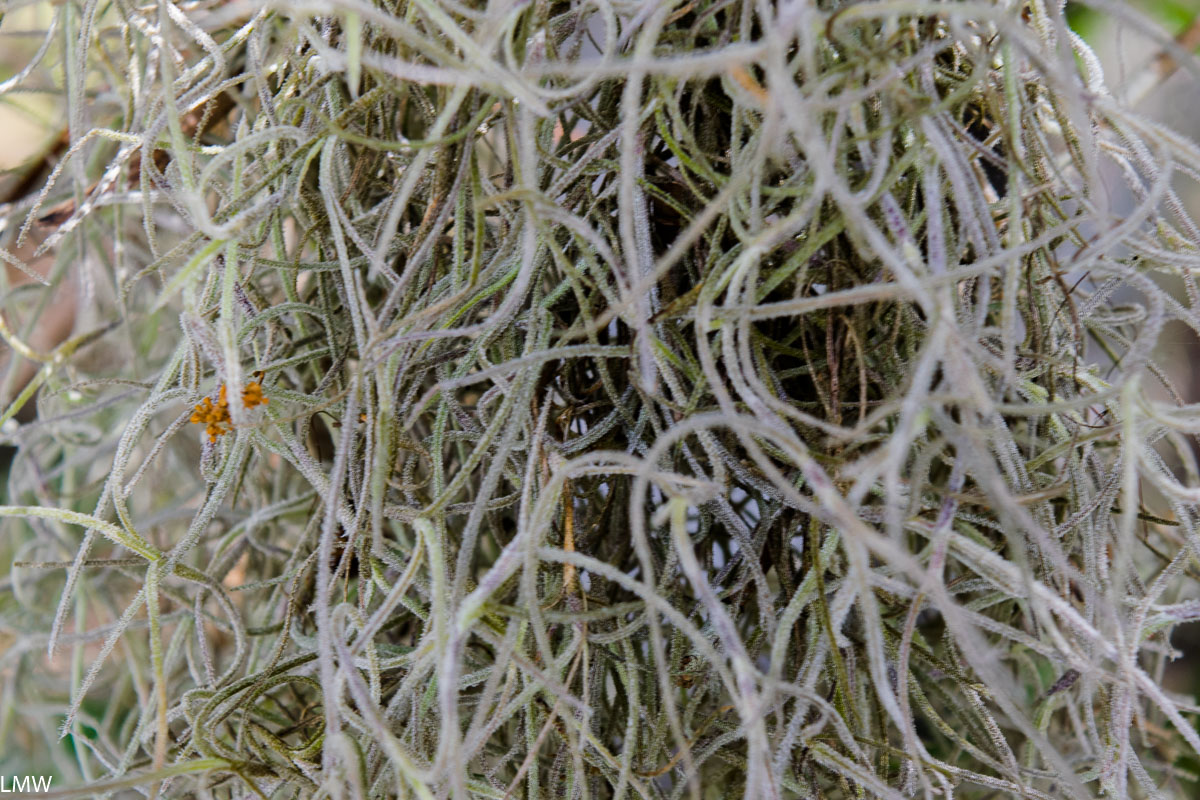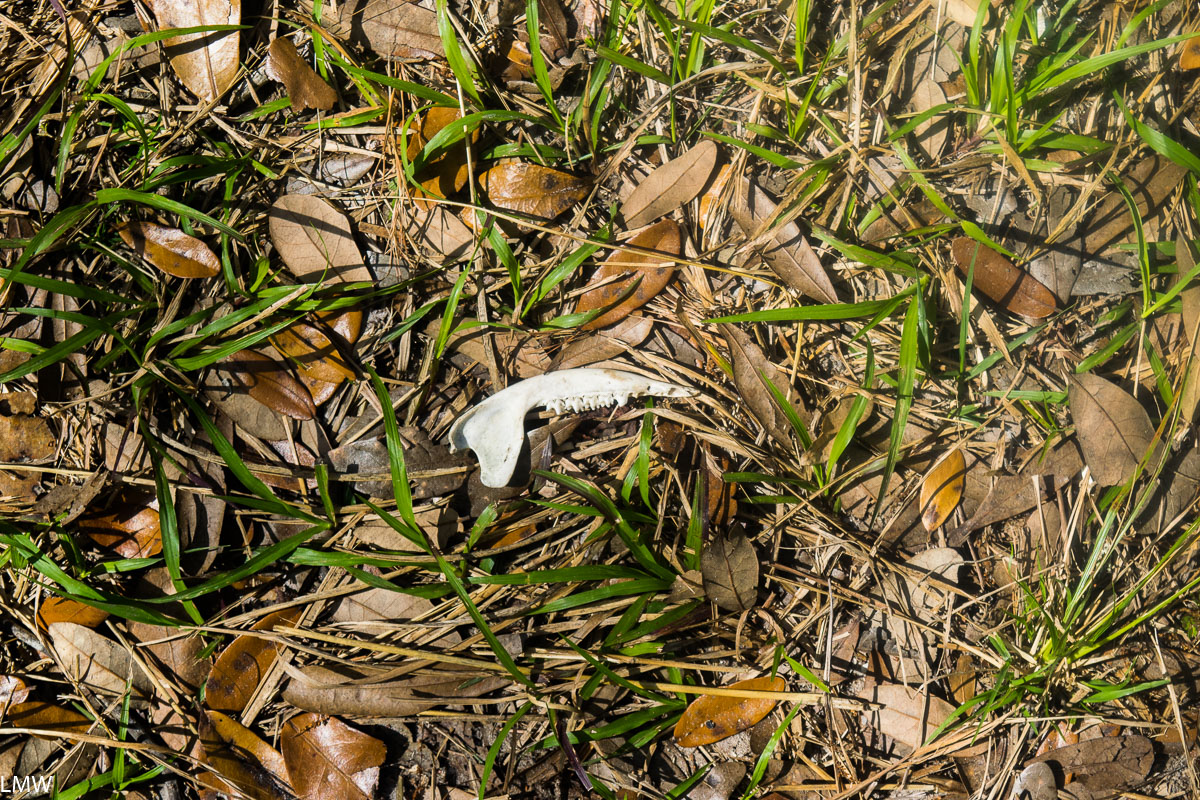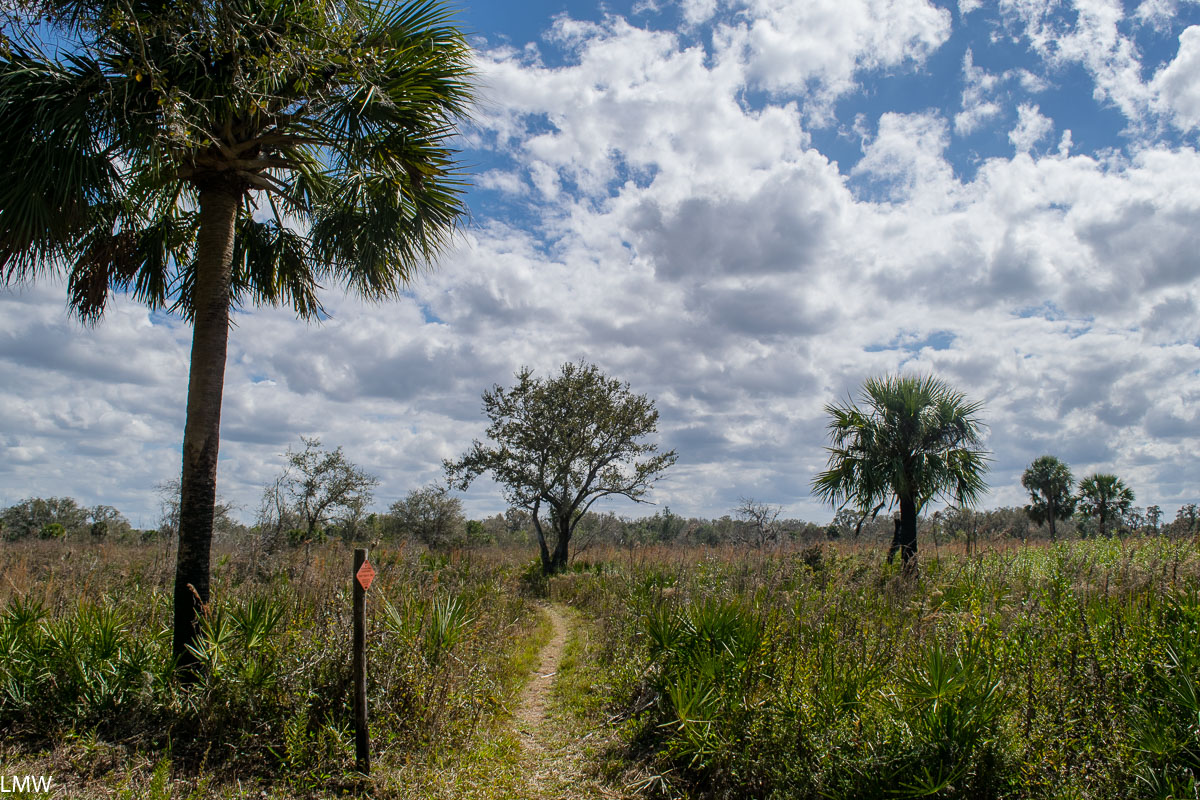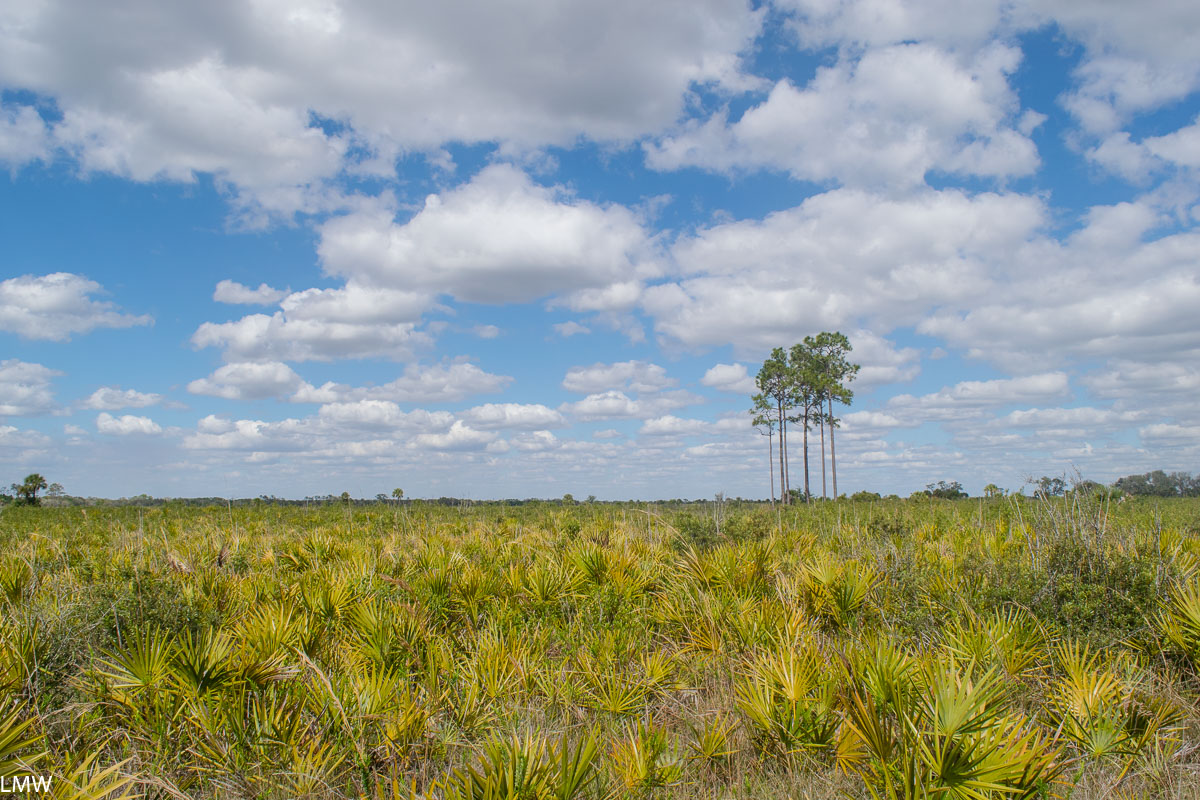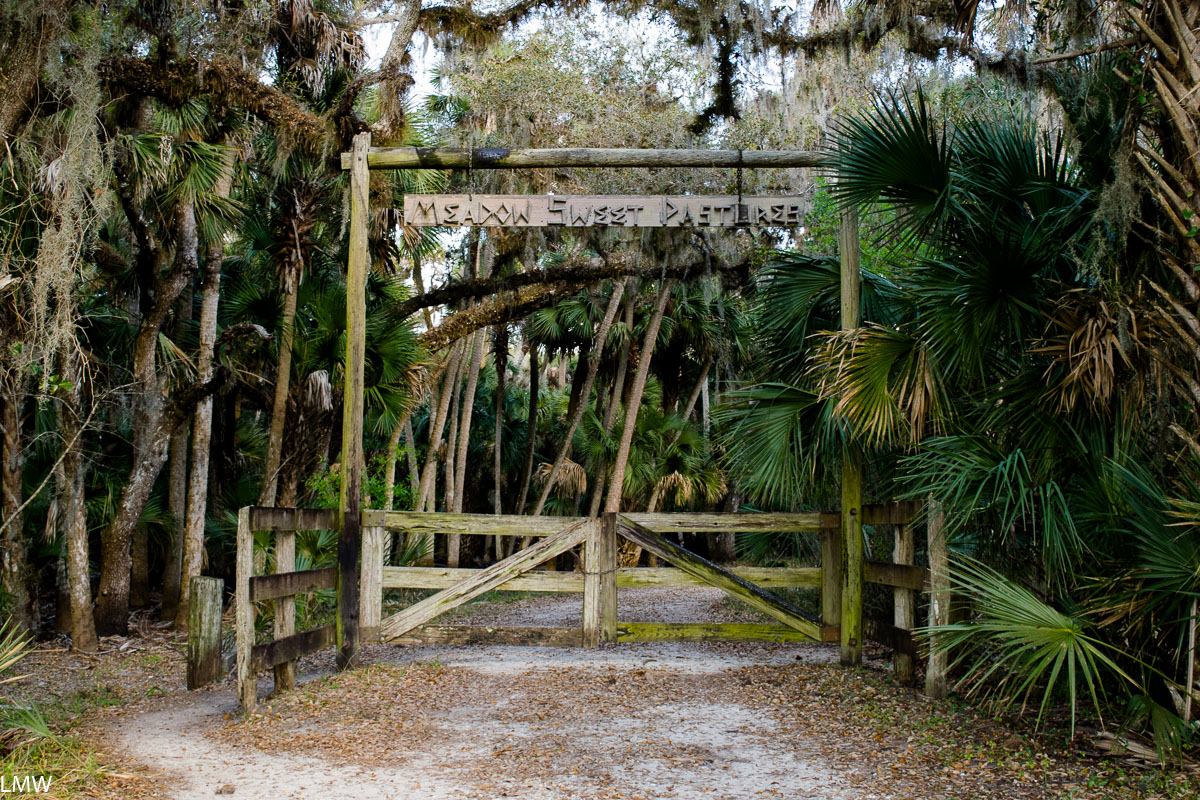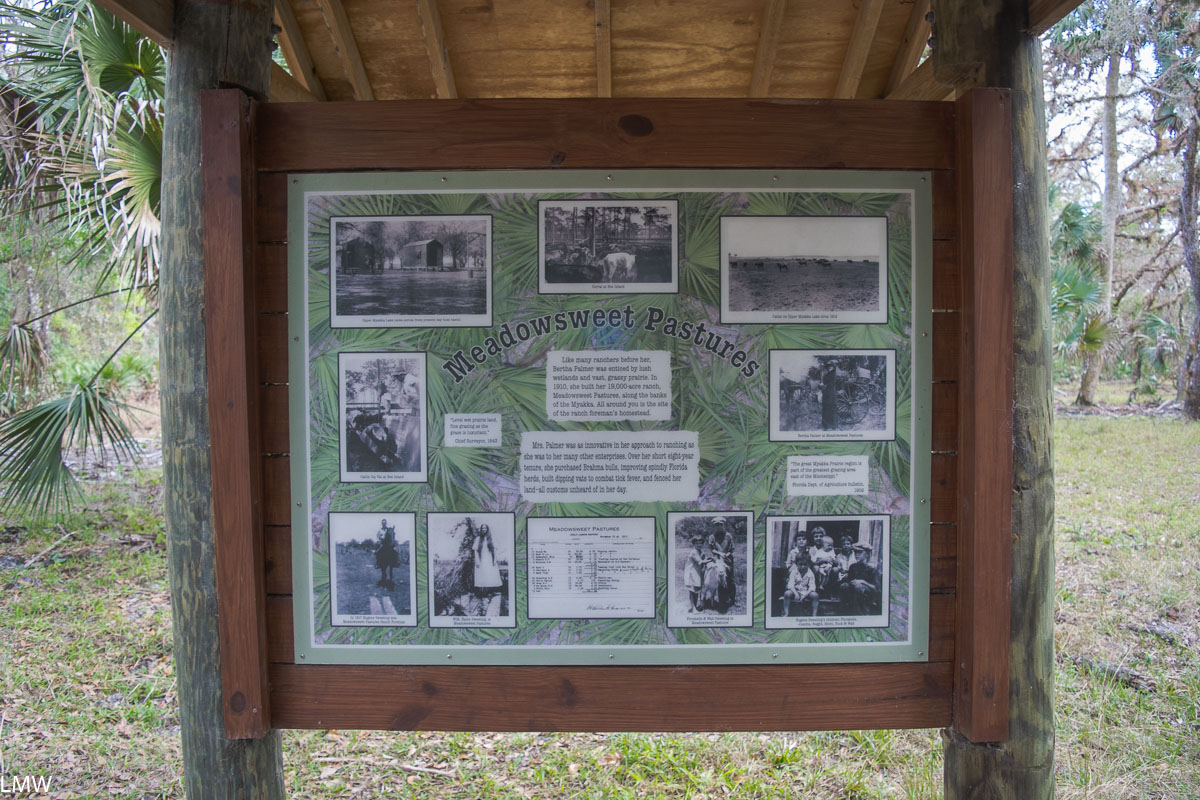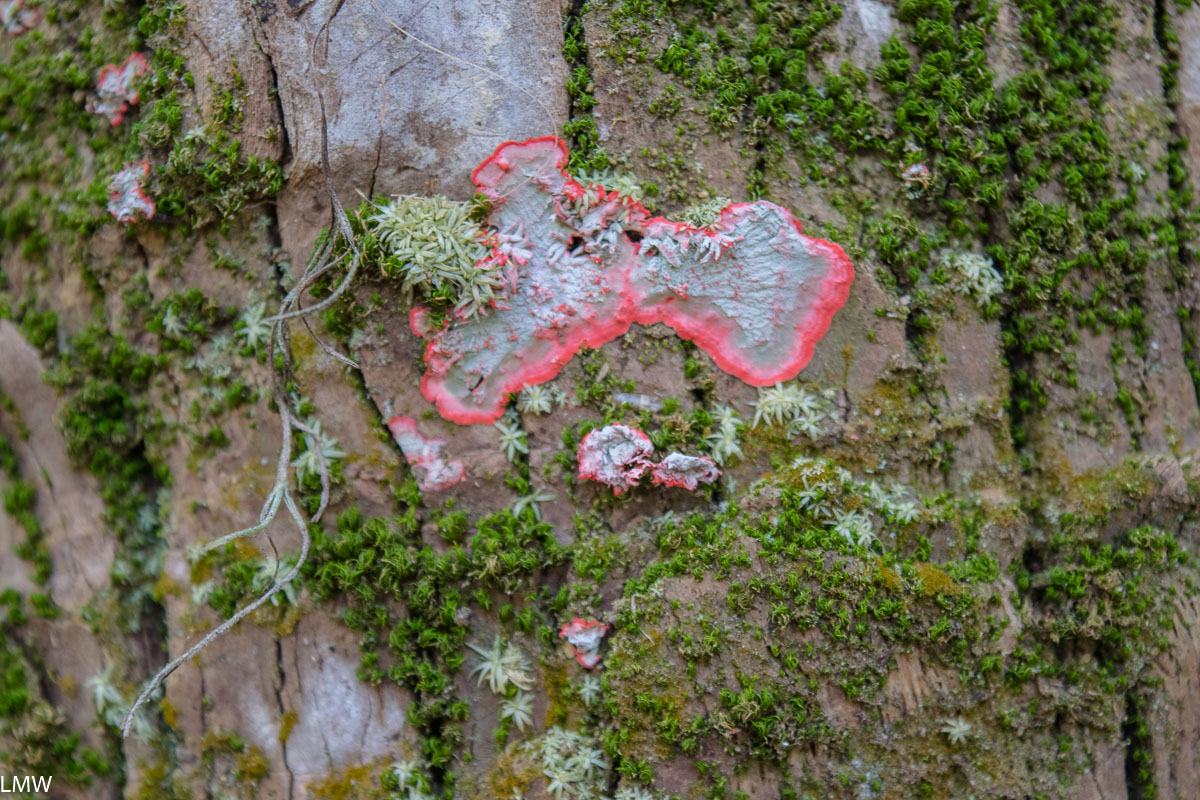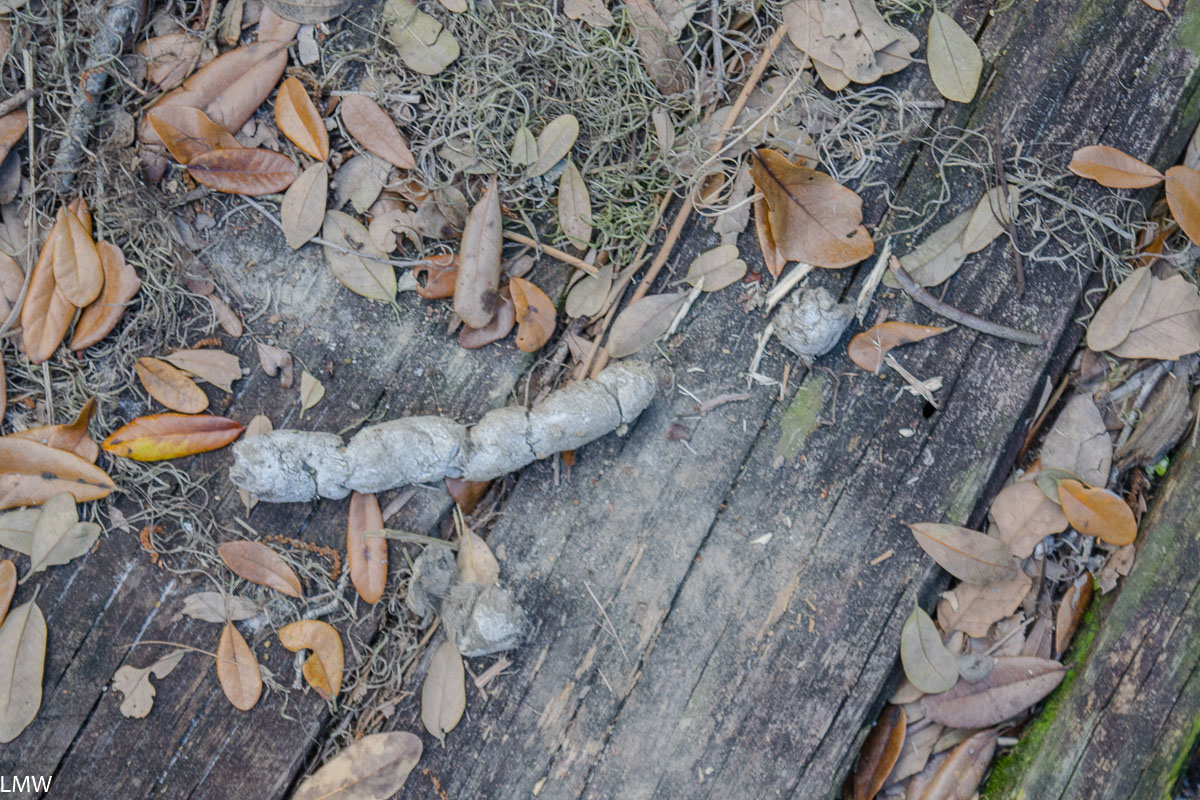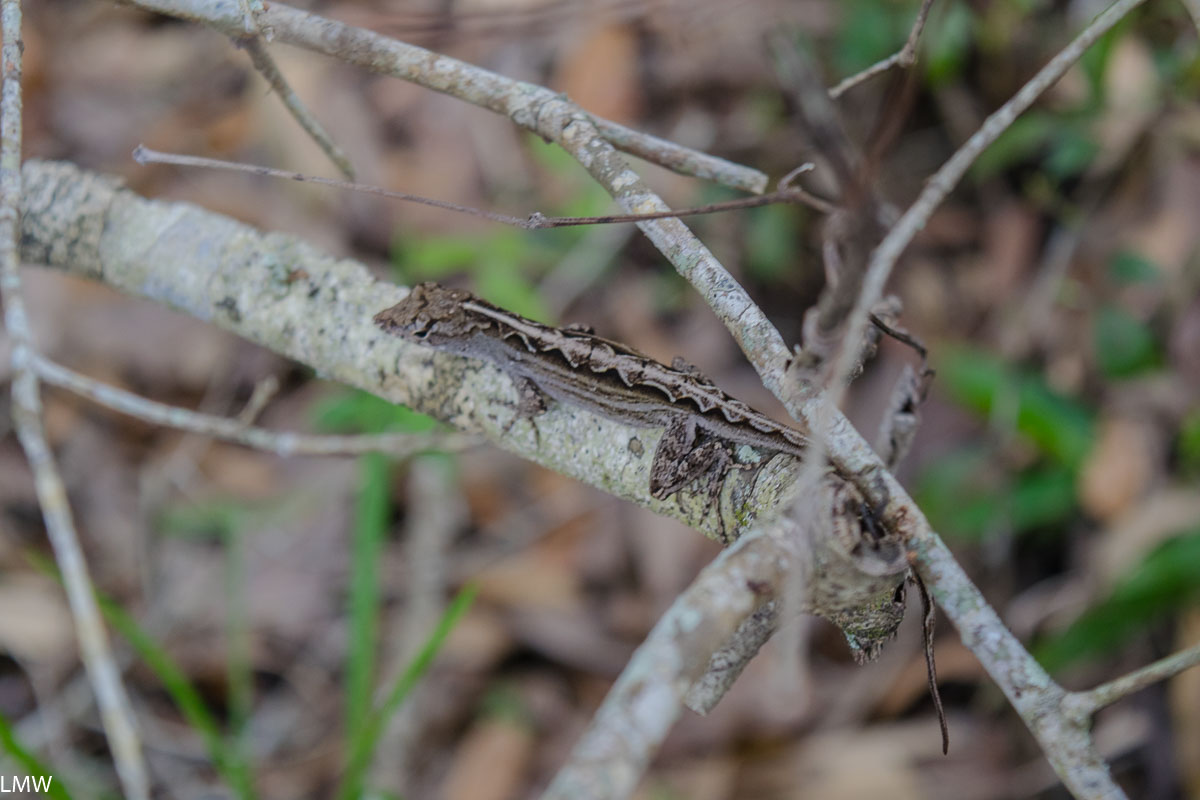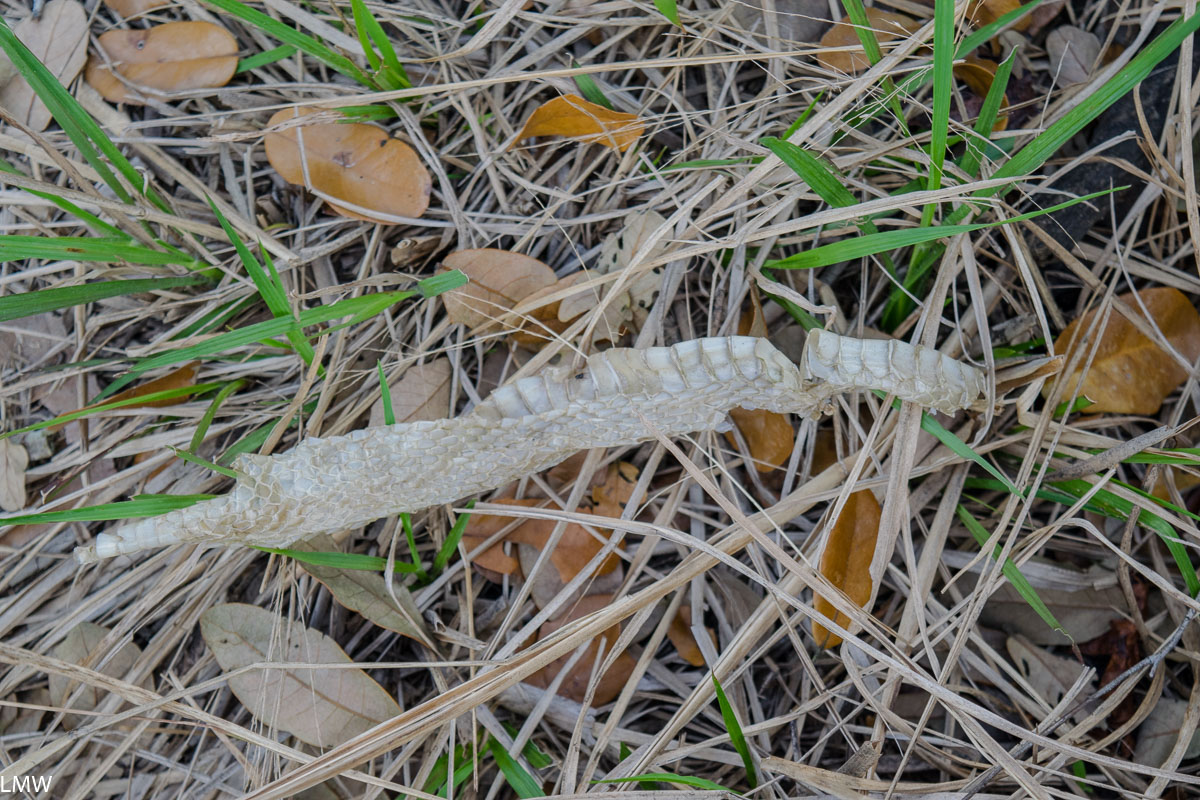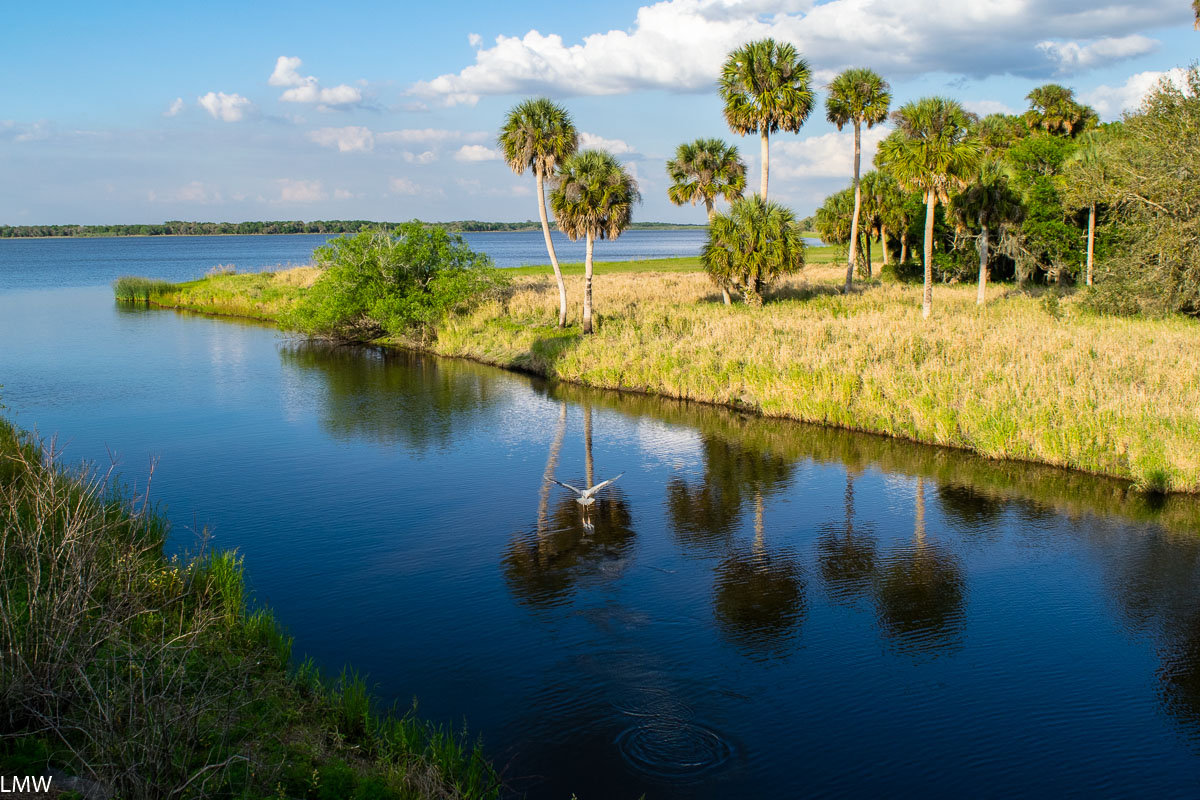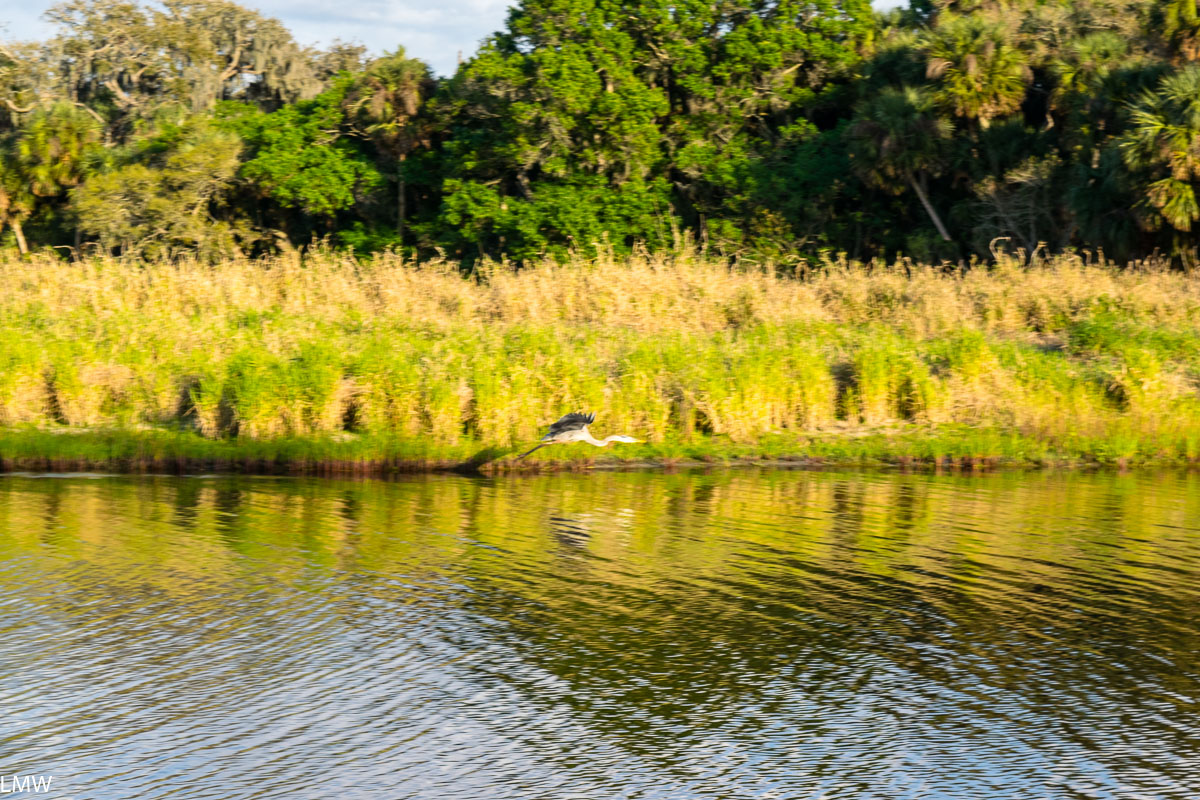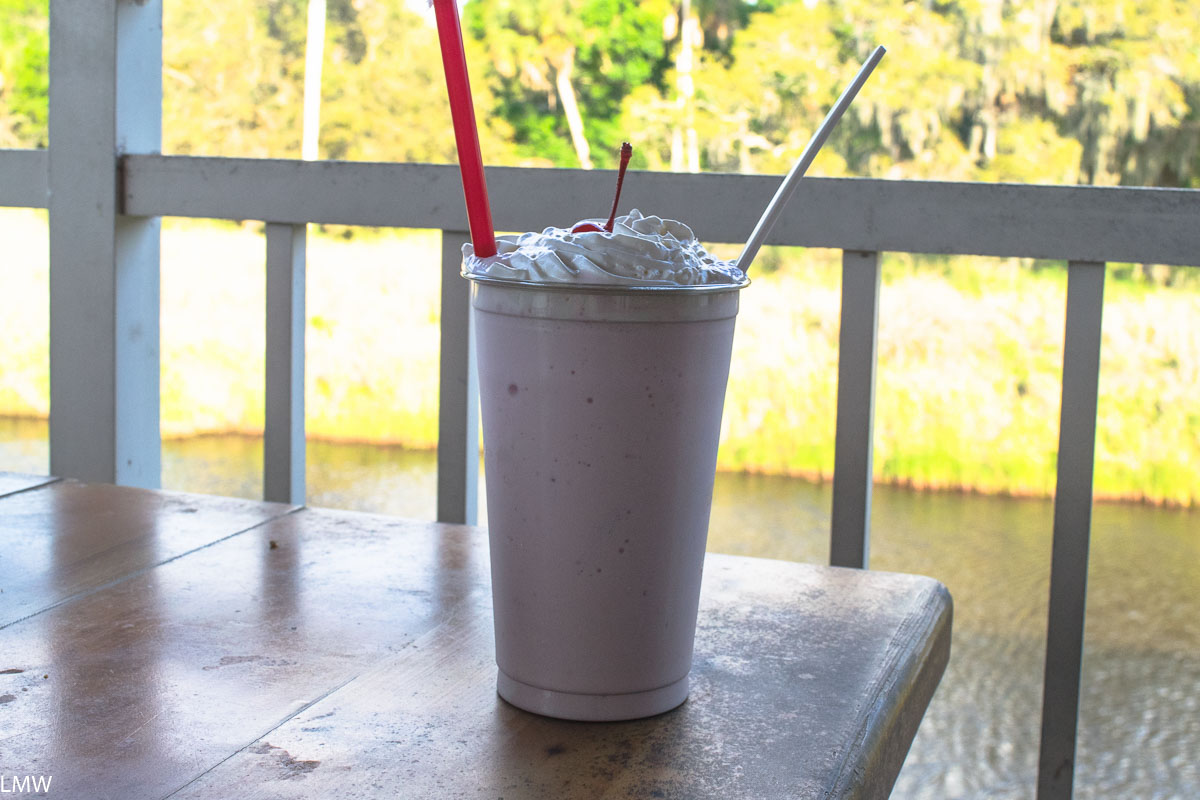Introduction
Dear reader,
I started working on this piece in late January when winter was settling in for real, but before the deep freeze took hold. What follows are my subjective feelings about how that went. I was prepared to post Part 1 last week but we were in the midst of a 17-day stretch of subfreezing temperatures where the snow just wouldn’t stop coming, and I had to rethink my whole position. I still stand by everything I said in both this piece and that, but it felt disingenuous not to acknowledge both sides of this coin. (The same goes for last week’s piece about why homelessness is bullshit and should not exist, and that it’s appropriate for the camping community to consider the relationship between those two things. Thank you to everyone who helped us raise over $1,000 to end homelessness in Chicago.)
Today, you can read Part 1, The Idealist. Tomorrow, enjoy Part 2, The Realist. Sign up here to be notified.

Part 1 – The Idealist
A few weeks ago Natalie Moore tweeted something accurate about winter on social media. Natalie is correct. It is cliché and boring to brag about the weather being not-cold where you are, when places with four complete seasons are experiencing their coldest one. Since I am not commuting this winter, my main exposure to it is by shoveling the pile of snow that won’t stop accumulating and walking my boot-averse dog around the block. My desk is pushed up against a window overlooking my backyard. From here, I watch the weather change, seasons advance, wildlife arrive and depart, and lights flip on and off in my neighbors’ apartments. Where I sit, I have a front-row seat to the year-round performance of Chicago in its natural state.
People, not just Chicago, tend to talk about winter as if it’s a nuisance, or a bad thing. I refuse to do this anymore. Cold is good. Winter inspires awe because of snow. Every year I’ve spent on this earth has seen winter, some milder than others. This one started late, we didn’t get our first big accumulation until after Christmas. I suspect it’s going to be a late spring. It’s easy to whine about winter, but those mild ones without much snow, or without a good, hard frost, leave me more depressed. They tend to take three or four times as long as the cold, snowy ones.
Snow is a kinetic sculpture. The first snowfall this season fell in fine flakes, delicate enough to hang lazily from thin juniper needles and cling even to tiny branches. When it finished falling there was no surface left indelicately covered anywhere in the city. The next snowstorm brought flakes that were too heavy for such delicate work. Unless caught by a sturdy branch, or worn like a hat on tree galls, it was too heavy to stay above the ground. Too wet. I heard it fall off my roof with heavy thuds. The snow that fell on tree branches clung there, like it was too afraid to let go and fall to the ground. Its presence on the branch created more surface which allowed, funny enough, more snow to cling uncomfortably. Physics and temperature dictate the shape and motion of this sculpture.

The morning after the first heavy snow I filled a bird feeder with sunflower seeds. Using an old garden rake and an open window, I placed it gently on top of the fresh accumulation on my deck. The sun caused crystals to melt and restructure the sculpture. A few days later the feeder had sunk a little as the snow melted and birds found it. No human has stepped foot back there since the storm, however, days later the surface was marked by tiny pairs of footprints. Here the sculpture lives in the negative. In the early morning, when the sun was still rising in the low eastern sky, the angle of the light highlighted those footprints as tiny shadows. Visitors include dark eyed juncos, cardinals, mourning doves, blue jays, and finches. Even the heaviest bird who visits my feeder weighs just a fraction of a pound. Their footprints suggest a wild, harried party took place, with the feeder at the center of the festivity. The parties that do arrive are small. Red house finches arrive in pairs, secure one seed each and flap off to eat it in peace. Jays know how to empty a dance floor. As the sun continues to rise, the shadows disappear. The sparkling layer of frosty flakes on top of the mountain of white that coats my deck possesses a magic quality that inspires artists, and capitalists mimic. Even their best work is just an ersatz copy. Sunlight works to destroy all evidence of the dance done by my avian visitors. Given enough time and sunshine, the first things to disappear are those footprints.
A later prediction turned out to be a heavy, wet dud. The forecast said it would be anywhere from 2-12 inches of accumulation. What we got was an inch and a half of the kind of falling slush that leaves your woolen hat soaked and your sidewalks icy. For weeks, the cold has been in league with the snow. The polar vortex settled in over a weekend. It was the kind of cold that you can hear coming. The old plaster walls in my house creaked and groaned as the chill caused sudden constrictions. For weeks I checked the basement sink every day to make sure it was still dripping. The cold is not unusual, but how long it sits on top of us is. Air travels differently now that the jet stream is weak, so cold snaps last longer than they used to. The snow that followed came silently and unannounced. It snuck in without warning. Fat, crystalline flakes fell weightlessly. It was very pretty from indoors, behind a window and under a blanket. In Chicago’s history, this is among the top five lengths of time with this much snow on the ground.

The snow outside my window created a high contrast world. The flakes fell from nowhere visible because they matched the color of the sky. They fell to nowhere visible because they matched the ground. The falling snow was the same color as every roof, sidewalk, yard, parkway, tops of tree branches, porch railing, and the whole, flat sky. I watched the flakes fall in the positive. I saw them in the moments where snow was not already. I watched them flit past a tree branch, the neighbor’s siding, a darkened garage window, or the red breast of the cardinal singing by the feeder. Over the course of a day the hills of snow on every surface grew a few inches. A demonstration of what collective action can lead to, even when you can’t see how it started or where it will end.
Heavy blankets of snow illuminate the night. All summer the moonlight soaks into the earth, but when snow covers everything, all that light reflects back. I’ve slept under the full moon reflected off snow so bright and undisturbed you’d think a streetlight was pointing in my window. I did a lot of reading as a kid, using the moonlight reflected off the glassy snow outside late into the night. Back then it was easy to see winter as the cyclical magic that it is. As a kid I eagerly constructed snowmen, rolling them carefully down the hill in my yard. Now, I like to walk around the neighborhood when snow is fresh. It’s the best time to see all your neighbors at once. Shoveling, playing, sledding, pushing cars. I keep track of the weather and calendar to see how long it takes for the neighborhood snowmen’s heads to roll off their bodies and plop onto the ground.

I refilled my bird feeder one afternoon and hours later it was half-buried in fresh accumulation. The little roof over the feeder provided some protection. I didn’t pull it out of the snow because I was curious to see who would find it. This free buffet is known to jays, cardinals, finches, one small mouse, plus the squirrels. I’m not terribly discerning about who I invite to my winter feasts. The rats know about it, but they’re less greedy than you would think. Just after dark, I can watch them from inside. The snow was still falling when the rats had tunneled who-knows-how-far to be the first to dine. For the next week or so the birds were scarce but most of the seeds were still there. Despite the long cold snap, even rats know to share.
Living with four full seasons is awe-inspiring every year. The air in winter is tangibly different than the air in summer. July coddles you with humidity and sunshine. February forces you to attention, it brings your blood to your face. Shoveling snow reminds me how strong I am. Perpetual 80-degree sunny days might sound nice, and maybe they are, I don’t know. Where I live, that first forty-degree day feels like hope, and that couldn’t be true without the feel of subzero air in your nostrils.


